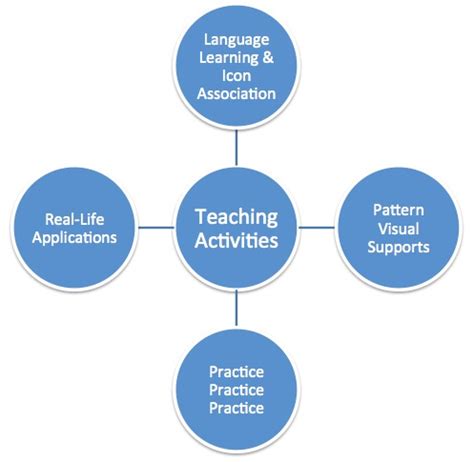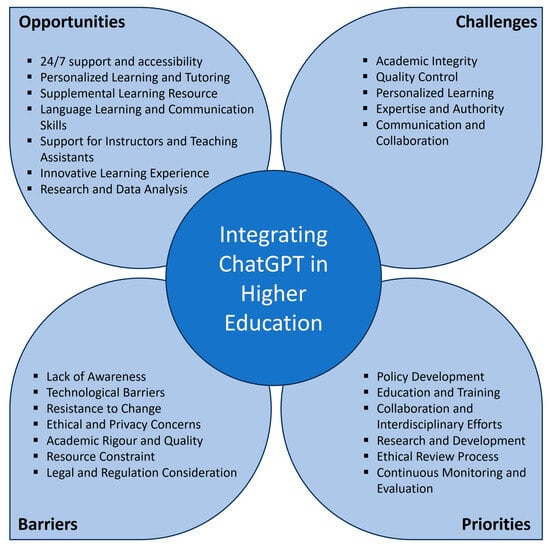Designing an effective curriculum for blogging in education requires a strategic approach to integrating modern tools and methods. This article explores key elements essential for creating a robust curriculum that enhances learning outcomes and teaching efficacy. We will delve into identifying clear learning objectives and outcomes, integrating blogging tools and platforms to enrich the educational experience, and developing comprehensive study materials that cater to diverse learning needs. Additionally, we’ll cover the incorporation of interactive teaching methods and the establishment of effective assessment and evaluation criteria. Finally, we will address the importance of ensuring curriculum flexibility and adaptability to accommodate evolving educational trends and student needs.
Let’s explore this topic in detail with electrapk.com
1. Identifying Learning Objectives and Outcomes
Identifying clear learning objectives and outcomes is crucial for effective curriculum design in blogging for education. Start by defining specific goals that align with both educational standards and the needs of your students. These objectives should outline what students are expected to know, understand, and be able to do by the end of the course. For instance, learning objectives might include the ability to create engaging blog content, analyze the effectiveness of various blogging strategies, or apply SEO techniques to enhance blog visibility. Outcomes should be measurable and attainable, allowing for straightforward assessment of student progress. By setting clear, well-defined objectives, educators can ensure that the curriculum not only meets educational goals but also fosters meaningful learning experiences. This foundational step provides a roadmap for integrating blogging tools and methods effectively throughout the course, ensuring that all instructional activities and assessments are aligned with the desired outcomes.

2. Integrating Blogging Tools and Platforms
Integrating blogging tools and platforms into your curriculum enhances the learning experience by providing practical, hands-on opportunities for students to apply their skills. Start by selecting tools that are user-friendly and relevant to the course objectives. For instance, choose popular blogging platforms like WordPress or Blogger, which offer a range of features for creating and managing content. Incorporate tools for multimedia integration, such as Canva for graphic design or Audacity for podcasting, to enrich the content creation process.
Ensure that students are familiar with essential blogging functionalities, including content formatting, SEO optimization, and analytics. Teaching students how to use plugins and widgets can further enhance their ability to customize their blogs and track performance. Additionally, encourage collaboration through platforms that support group projects or peer reviews, fostering a community of shared learning.
By strategically integrating these tools, educators can bridge the gap between theoretical knowledge and practical application. This approach not only equips students with the technical skills needed for effective blogging but also prepares them for real-world challenges in digital content creation. Regularly updating the tools and platforms used in the curriculum will keep students engaged and aligned with current industry standards.

3. Developing Comprehensive Study Materials
Developing comprehensive study materials is vital for a well-rounded blogging curriculum. Begin by creating a diverse range of resources that address different aspects of blogging, such as content creation, audience engagement, and analytics. This can include textbooks, online articles, instructional videos, and case studies that provide both theoretical knowledge and practical insights.
Incorporate examples of successful blogs to illustrate key concepts, such as effective writing techniques, SEO strategies, and the use of multimedia. Provide templates and guides to help students understand blog structure and formatting. Additionally, include exercises and practice activities that allow students to apply what they’ve learned, such as drafting blog posts, optimizing content for search engines, and analyzing blog performance metrics.
Develop materials that cater to various learning styles by including visual aids, interactive tools, and hands-on projects. This ensures that all students can engage with the content in a way that suits their learning preferences. Regularly review and update these materials to reflect the latest trends and tools in blogging, keeping the curriculum relevant and engaging for students.

4. Incorporating Interactive Teaching Methods
Incorporating interactive teaching methods into a blogging curriculum enhances student engagement and facilitates deeper learning. Start by employing hands-on activities that allow students to actively apply blogging concepts. For example, organize workshops where students create their own blogs, experiment with different themes, and use various plugins. This practical experience helps solidify their understanding of the tools and techniques discussed in class.
Utilize group projects to foster collaboration and peer learning. Assign tasks such as group blog posts, collaborative editing sessions, or team-based research on successful blogging strategies. This not only encourages teamwork but also allows students to learn from each other’s insights and approaches.
Incorporate real-time feedback through online platforms where students can submit their blog drafts for review. Use interactive tools like discussion boards or live chat sessions to facilitate ongoing dialogue about best practices and emerging trends in blogging.
Encourage student presentations on their blogging projects, allowing them to showcase their work and receive constructive feedback from their peers. This method helps develop presentation skills and critical thinking.
By blending these interactive methods with traditional instruction, educators create a dynamic learning environment that keeps students engaged and motivated, ultimately leading to a more effective and comprehensive understanding
5. Establishing Assessment and Evaluation Criteria
Establishing clear assessment and evaluation criteria is essential for measuring student progress and the effectiveness of a blogging curriculum. Begin by defining specific, measurable criteria that align with the learning objectives. For instance, evaluate students based on their ability to create engaging and well-structured blog posts, their proficiency in applying SEO techniques, and their skill in using blogging tools effectively.
Develop a rubric that outlines performance levels for each criterion, such as content quality, originality, technical execution, and adherence to deadlines. This provides students with a clear understanding of what is expected and how their work will be assessed.
Incorporate both formative and summative assessments to track progress throughout the course. Formative assessments, such as draft reviews and peer feedback, offer opportunities for improvement before final evaluations. Summative assessments, like final blog projects or presentations, gauge overall learning and application of skills.
Regularly review and update the assessment criteria to reflect changes in blogging trends and technologies, ensuring that evaluations remain relevant and accurate.
6. Ensuring Curriculum Flexibility and Adaptability
Ensuring curriculum flexibility and adaptability is crucial for addressing evolving educational needs and trends in blogging. Design the curriculum with built-in adaptability, allowing for adjustments based on student feedback and emerging industry developments. For instance, incorporate modular components that can be easily updated or replaced as new blogging tools and techniques become available.
Regularly review and revise the curriculum to reflect changes in digital content creation and platform updates. This ensures that students are learning the most current practices and tools. Encourage a feedback loop where students can voice their experiences and suggest improvements, helping to tailor the curriculum to their needs.
Additionally, offer alternative learning paths or supplementary materials for students who may need extra support or advanced challenges. This flexibility accommodates diverse learning paces and styles, promoting a more personalized educational experience. By maintaining a dynamic approach, the curriculum remains relevant and effective in preparing students for the ever-changing blogging landscape.
Effective curriculum design for blogging in education requires a comprehensive approach, from setting clear learning objectives to integrating practical tools and methods. By developing diverse study materials, incorporating interactive teaching techniques, and establishing robust assessment criteria, educators can create a dynamic and adaptable learning environment. This ensures that students gain relevant skills and stay engaged in the evolving world of digital content.
electrapk.com
